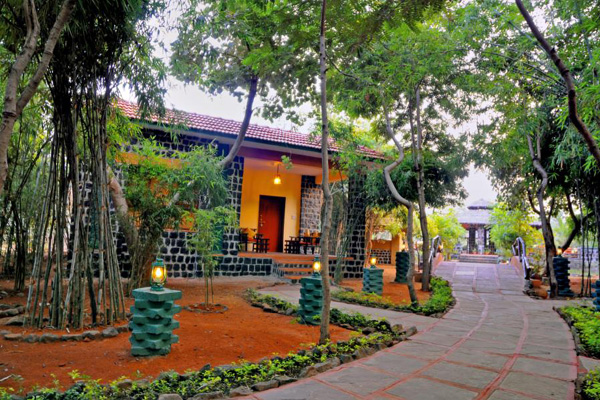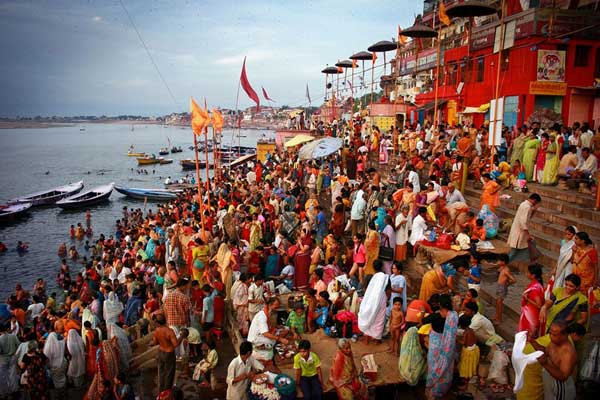Sanchi is a Buddhist monument which is famous for its Great Stupa, located on a hilltop at Sanchi Town in Raisen District of the state of Madhya Pradesh, India. Sanchi is 46 kilometres North-East of Bhopal, capital of Madhya Pradesh. Sanchi Buddhist Stupa is hemispherical brick structure constructed over the antiques of the Buddha. It is crowned by the chatra, a parasol-like structure symbolising high rank, which was intended to honour and shelter the relics. It was one of the oldest stone structures of India. Great Stupa originally was commissioned by Ashoka emperor in Mauryan Period in 1st century, later on some additions were made and completed till 11th century.
A pillar of finely polished sandstone was also erected, it has an Ashokan inscription and an inscription in the ornamental Sankha Lipi from the Gupta period. During the later rule of the Shunga, the stupa was expanded with stone slabs to almost twice its original size. The dome was flattened near the top and crowned by three superimposed parasols within a square railing. With its many tiers it was a symbol of the dharma, the Wheel of the Law. The dome was set on a high circular drum meant for circumambulation, which could be accessed via a double staircase. A second stone pathway at ground level was enclosed by a stone balustrade with four monumental gateways (toranas) facing the cardinal directions.
The gateways and the balustrade were built and coloured by the Satavahana. The gateways and toranas are generally dated to the 1st century CE. Some of the friezes of Sanchi also show devotees in Greek attire. Further stupas and other religious Buddhist structures were added over the centuries until the 12th century AD.


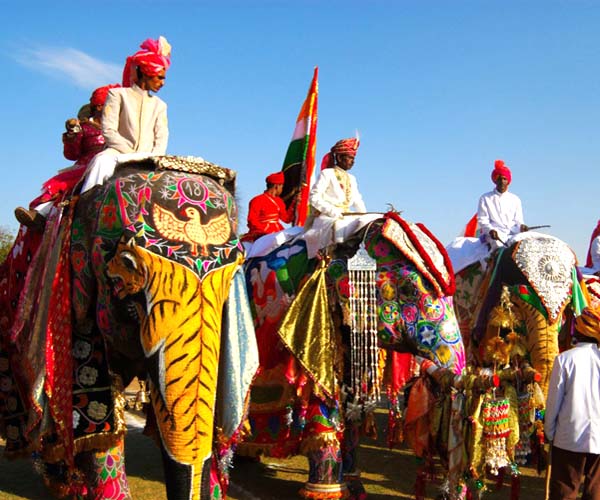
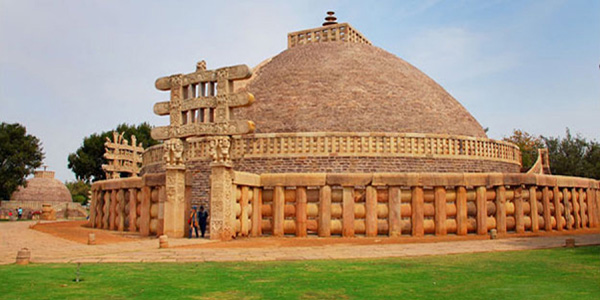


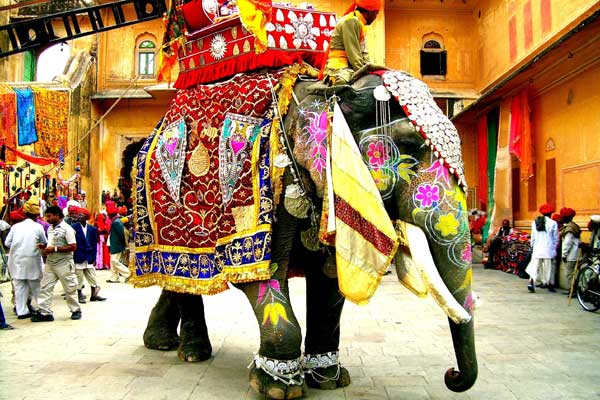

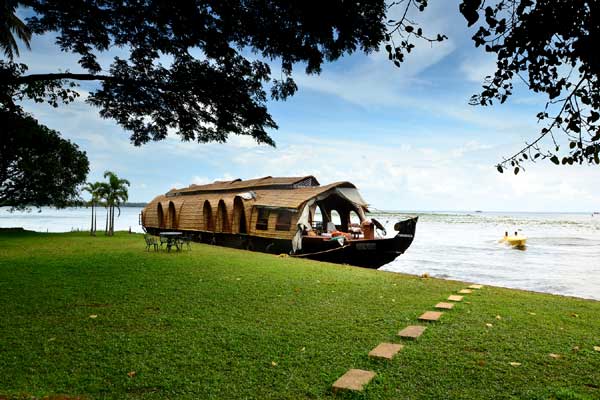
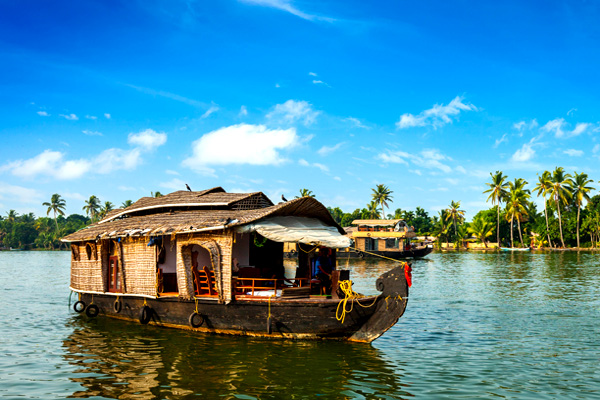

 Mandvi
Mandvi 
 Kumbhalgarh
Kumbhalgarh 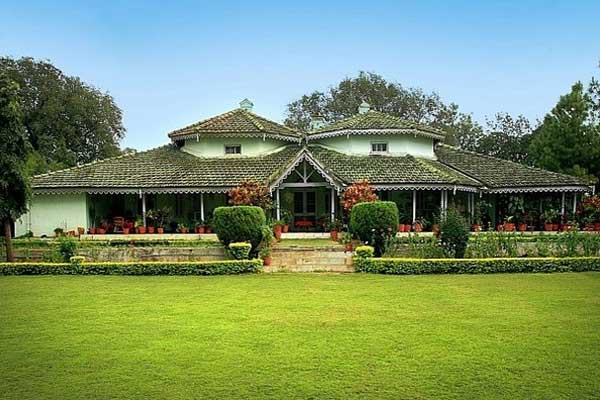
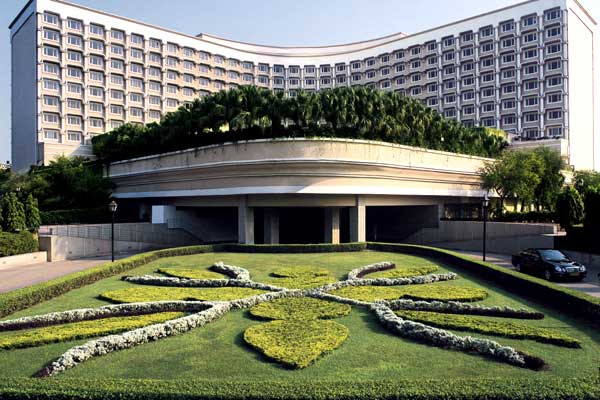
 New Delhi
New Delhi 
